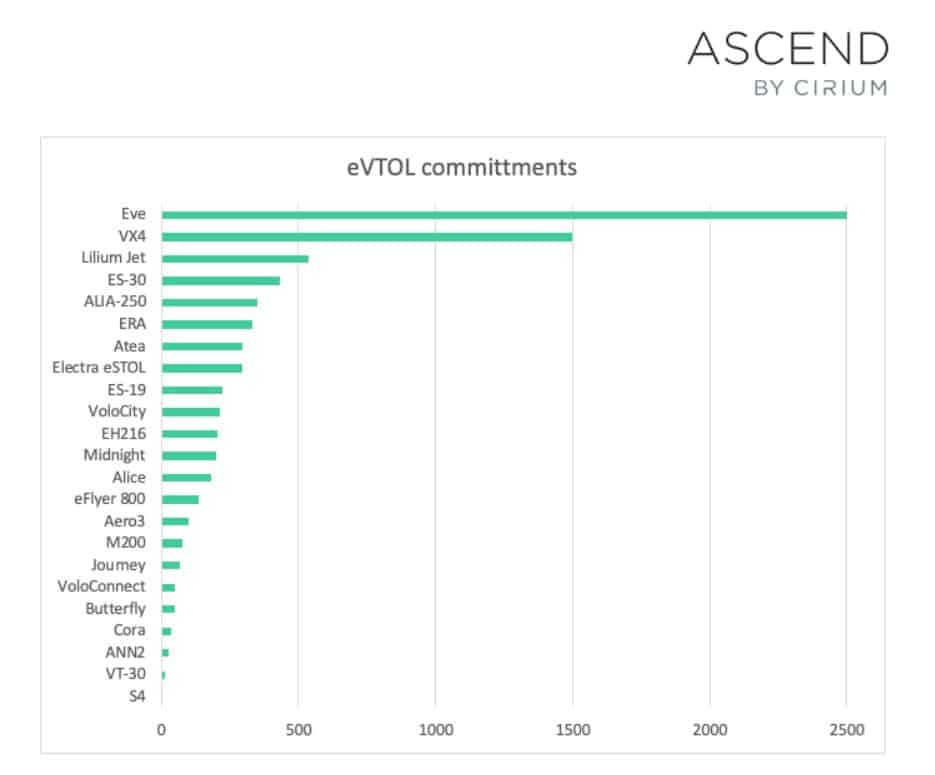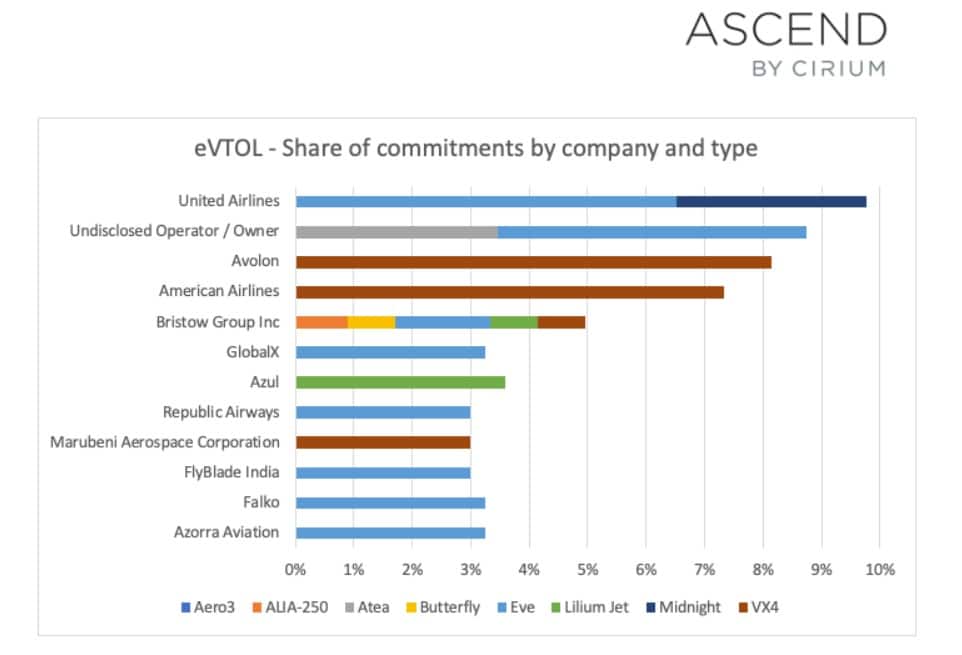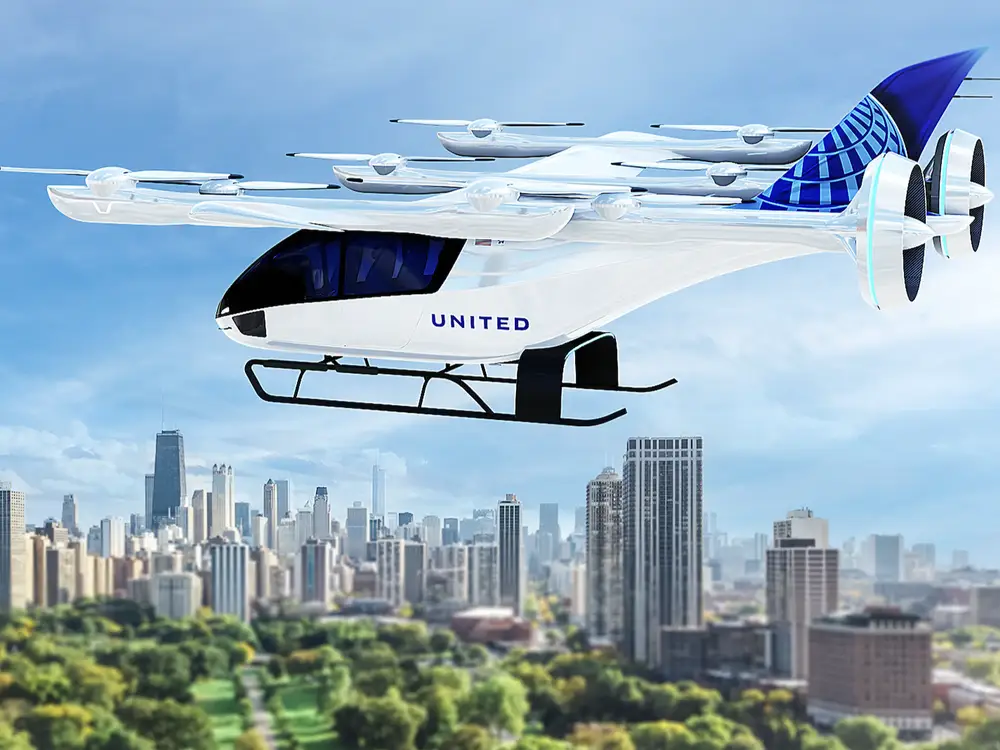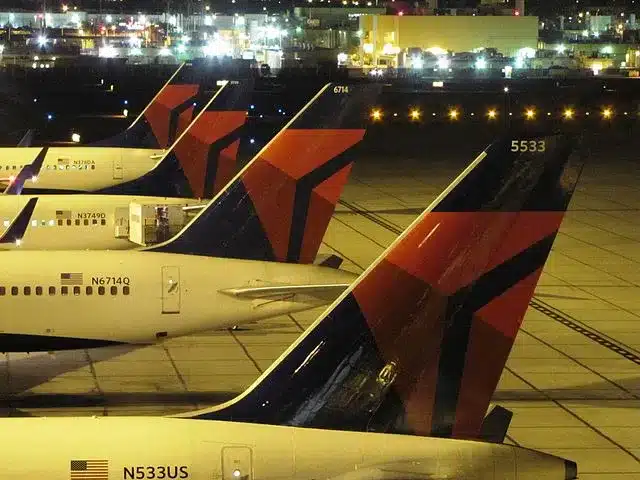Looking at a move into the electric skies?
The Urban Air Mobility jobs sector is booming. So what are the actual jobs? And is it a career worth pursuing?
The eVTOL sector is going to compete with existing technology such as the Helicopter, the VLJ (very light jet) and Regional turboprops. And it’s going to win. It will do so in a similar manner to the electric car, and with just as much controversy. But to deliver on the scale required, we need tribespeople just as dedicated and emphatic as the folks at Tesla and SpaceX. Hopefully without naming support vehicles after internet memes.
What is the Urban Air Mobility (UAM Sector ?
Urban air mobility (UAM) is the use of small, electric aircraft to make short-distance flights in urban areas. And by Urban, we mean to or from your local area to a regional airport or Vertiport. We really don’t know yet as the Unmanned Traffic Management (UTM) infrastructure is not yet available. But that’s another conversation. Either way UAM has the potential to revolutionize transportation by helping alleviate traffic congestion in cities but most importantly reducing emissions and noise.
Urban Air Mobility (UAM) or Advanced Air Mobility (AAM) ?
They are related concepts but UAM focuses on electric aircraft, while AAM includes all types of powered flight, including traditional gasoline-powered planes and helicopters. Both UAM and AAM will revolutionize travel by introducing fuel burn reduction technology – by reducing time or energy requirements – which reduces emissions and noise pollution.
Urban air mobility does have the potential to provide a variety of benefits for cities and their residents. UAM can help reduce traffic congestion by providing an alternative to ground transportation. But only if we can leverage what we know from legacy aviation safety protocols. Finally, urban air mobility will create new jobs in the aviation sector, as well as in related industries such as aircraft manufacturing, maintenance, operations management and data analysis.

Pass the FAA Private Pilot test with flying colors. Achieve your dreams of flying an airplane.
The Top eVTOL Companies
The market is currently split into Three Distinct Sectors
eVTOL
Regional Electric
Business Electric
Current UAM Aviation Industry Market Size
Thanks to our friends over at Cirium we have data on who is winning the eVTOL race. And its clearly a two horse race when it comes to current orders. Does that mean that these two are the best? safest platform on the market? Only time will tell. When it comes to employees they aren’t even close. Both lilium and Beta have far greater human resources with 946 and 484 respectively compared with 168 and 142 for Eve and VA.

So who’s buying all of these new electric aircraft? Again Cirium have sourced data on the order book – made up of lessor/investors and major airlines.

Top Urban Air Mobility Jobs
We went through each company employee data on LinkedIn to identify the recurring roles. Some are specific to the unique design and construction of the eVTOL and electric systems. And other roles are standard air vehicle stuff. But there are other roles that did not exist in aerospace 10 years ago.
Structural Engineer / Stress Engineer / Loads and Aeroelasticity Engineer / Composites Engineer / Materials Engineer
Mechanical Engineer / Electro Mechanical Engineer / Mechatronics Engineer / Actuation Systems Engineer
Electric Propulsion Engineer / Powertrain Engineer / Propulsion Simulation (modelling) Engineer / Rotor & Propeller Engineer
Battery Engineering / Power Cell Engineer / Thermal Engineer
Electrical Systems Engineer / EWIS Engineer
Aeroacoustics Engineer / Noise Vibration Engineer
Flight Dynamics Engineer / Aerodynamics Engineer / Flight Physics Engineer / Flight Control Engineer / Avionics Engineer
Data Engineer / Software Engineer / Data innovation Engineer / Digital Architect
Systems Engineer / Systems Integration Engineer
Certification Engineer / Design Engineer / Quality and Safety Engineer / Reliability Engineer / Crash & Impact Engineer / Validation & Verification Engineer
ERP Engineer / Materials & Logistics Solutions / Procurement / Supply Chain Management
What is a Principal Engineer?
Each of the eVTOL companies had a high number of Principal Engineers. A Principal Engineer is a highly experienced and well-qualified engineer who is responsible for leading engineering projects, developing technical solutions and collaborating with other engineering staff to ensure the successful completion of tasks. A Principal Engineer is in charge of a team of engineers, have a role in managing research projects, and provide guidance on technical matters to other members of their team. They are trained to think strategically and creatively in order to develop innovative solutions that meet design demands. A Principal Engineer should also have excellent communication skills as they will need to liaise with stakeholders from different departments or companies.

Get yourself in the sky today and feel what it’s like to be a pilot!
Salary expectations for UAM careers
| Role | 2021 Mean Annual Wage ($) | Projected Employees by 2031 | Entry Level Education | % Increase in Employment by 2031 | Employers |
|---|---|---|---|---|---|
| Aerospace Engineer | $122,270 | 166,452 | Bachelors Degree | 6% | OEMs, MROs |
| Aircraft Maintenance Technician | $ 65,380 | 153,400 | Postsecondary non Degree | 6% | Airlines, MRO, Airports |
| Hanger Manager | $ 98,230 | 10,000 | High School Diploma | 8% | Airports |
| Operations Specialist | $ 47,880 | 5,000 | High School Diploma | 8% | Airports |
| Aviation Safety Inspector | $ 77,560 | 15,000 | High School Diploma | 4.5% | Airlines, Airports |
| Aviation Planner | $ 76,730 | 35,000 | Bachelors Degree | 2.5% | Airlines |
| Aviation Systems Engineer | $ 122, 270 | 153,400 | Bachelors Degree | 6.3% | Airlines, MROs |
| Aviation Human Resources Specialist | $ 126,230 | 234,000 | Bachelors Degree | 7.3% | Airlines, Airports, MROs |
| Aviation Data Analyst | $ 96,710 | 125,000 | Bachelors Degree | 8% | All Employers |
*Salary is Median Range in US 2021 dollars according to the US Bureau of Labor statistics. This has been crossed referenced with five top G7 countries and found to be within 3-5%. For indicative purposes only.
UAM & Advanced Air Mobility Organizations
Government agencies and regulatory bodies are playing a key role in setting the rules and regulations that govern the urban air mobility market. This includes organizations such as the Federal Aviation Administration (FAA), the European Aviation Safety Agency (EASA), Transport Canada. These organizations are responsible for ensuring safety standards are met and creating guidelines for operators of UAM vehicles.
Industry associations and groups are also playing an important role in advancing UAM technology. Organizations such as Unmanned Aircraft Systems International (AUSI), Airborne Robotics & Autonomous Systems Association (ARASA) and Airspace Integration Solutions (AIS) have been instrumental in advocating for UAM development, providing research and insights on emerging trends, collaborating with government agencies to develop standards, and helping to promote responsible commercial operations of drones.
How to Prepare for a Career in UAM
There are a variety of resources available to those looking to pursue an Urban Air Mobility job.
First, it is important to obtain a degree or certification related to UAM. Programs such as the Degree in Unmanned Systems at Embry-Riddle Aeronautical University or take an online course. Most top Aerospace Universities or colleges offer remote or online options such as TU Delft. The Commercial Drone Pilot Program at San Jose State University provide students with comprehensive training on all aspects of UAM from aircraft design and flight operations to data analysis and legal regulations.

Challenges in the UAM industry
The current regulatory hurdles to UAM include the need for operators to obtain a Remote Pilot Certificate from the Federal Aviation Administration (FAA), as well as restrictions on where and when UAM operations can take place. Additionally, most states have their own regulations regarding UAM – such as noise regulations, privacy issues, and safety protocols – which must be taken into account. Additionally, manufacturers of UAM vehicles must obtain an FAA type certificate before they can begin mass production or commercial operations. Finally, due to the lack of specific regulations and standards in some countries, it is difficult to ensure that all operators are following the same requirements.
Urban Environments
The Unmanned Traffic Management (UTM) infrastructure is a complex and dynamic network of technologies, processes, and regulations that enable the safe integration of unmanned aerial vehicles (UAVs) into the airspace. The UTM infrastructure is currently in the process of being developed by both government agencies and private companies, with the ultimate goal of creating an efficient system for managing all aspects of UAV operations. This includes tracking UAVs in real-time, providing air traffic control services, ensuring safety and security protocols are followed, and coordinating between different stakeholders. In recent years, major strides have been made towards developing this next-generation air traffic management system, including advances in automated detect-and-avoid technologies as well as new commercial partnerships between technology providers and aerospace manufacturers.

The potential for growth of the UAM and evtol markets is significant. According to a report from 2023 by the aerospace consultancy firm Frost & Sullivan, the global urban air mobility (UAM) market is projected to grow at a compound annual growth rate (CAGR) of 16.8% between 2021 and 2026, reaching a total addressable market size of US$4.7 billion by the end of that period. The report also predicts that the electric vertical takeoff and landing (eVTOL) segment will be the fastest-growing part of this market, with a CAGR of 22%. This rapid growth can be attributed to increasing demand for on-demand urban air transport services, as well as technological advancements in autonomous navigation systems, battery technology, and other enabling technologies.







